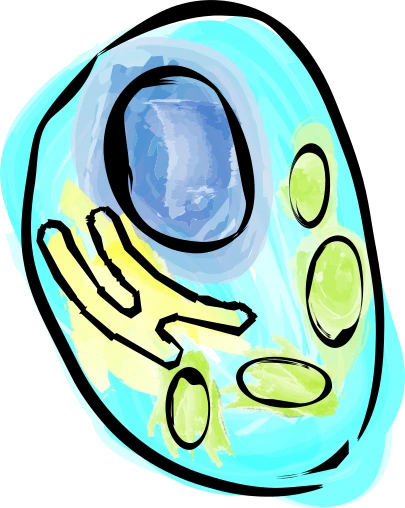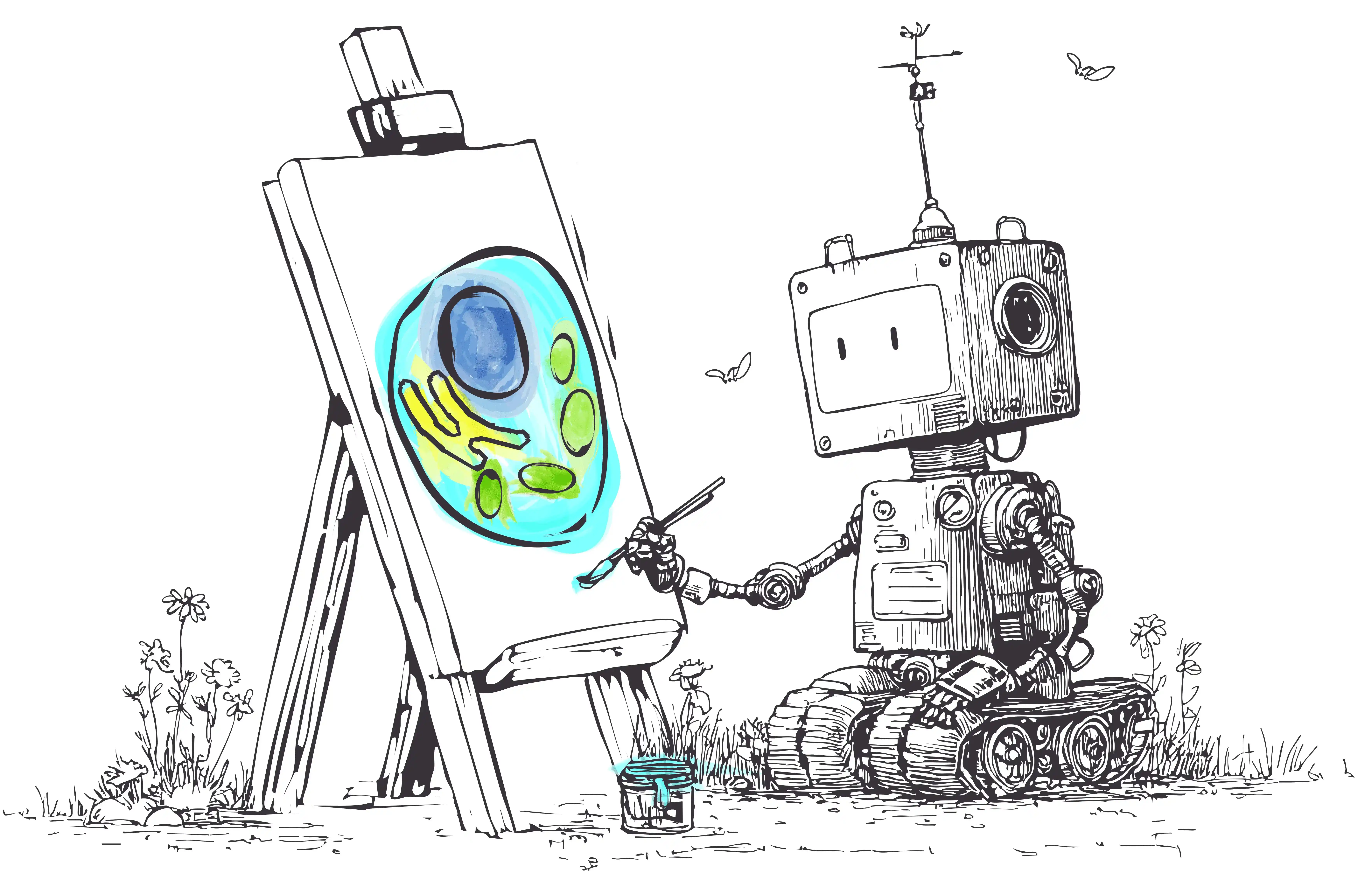FAQ
What is this?
These are examples of generations from our Virtual Cell Paint 0.1 model. It is a diffusion model trained to input a brightfield image and generate the corresponding cell paint channels (DNA, ER, Mitochondria, AGP, RNA) at 512x512 resolution. The model is our first generation model architecture trained only on publicly available data. Feel free to use the Try It tab to upload your own brightfield images. Virtual Cell Paint is trained by Integrated Biosciences as part of our AI for aging reserch.
Why do the brightfields look so rough?
We do not post process the brightfield images at all. This is done to give the reader empathy for what the model itself is seeing. We leave brightfields with artifacts so that viewers can see how the model handles them.
The generated images look a little different from the ground truth, how do you measure model quality?
There are many degrees of freedom available to a researcher doing cell painting - how long the dye is left, the illumination, how 5 channels are combined into 3 RGB channels for an image, etc.... There is no single “right” cell paint for a given brightfield. Check out the Blog tab to see a more quantitive way to measure whether virtual cell paint contains as much information as the ground truth. See the blog post (link above) for a more quantitive evaluation.
Are you saying you can completely replace physical staining with generative models and brightfield imaging?
No. A virtual cell painting model is simply highlighting information present in the brightfield. Virtual cell paints can be generated purely computationally and without fixing the cells. This allows new capabilities like generating human interpretable images from time lapses. Virtual cell painting is somewhat lossy compared to real cell painting (see the blog!), thus there are use cases which brightfield and virtual cell staining will sufficient, there are cases where it will not.
Why is this called thiscellpaintingdoesnotexist.com?
Generative Adversarial Networks (GANs) were exciting image generation models that took the AI world by storm. During that period websites like thispersondoesnotexist.com were created to show off these models' generative potential. We are paying homage to the technology whose shoulders we stand on.

